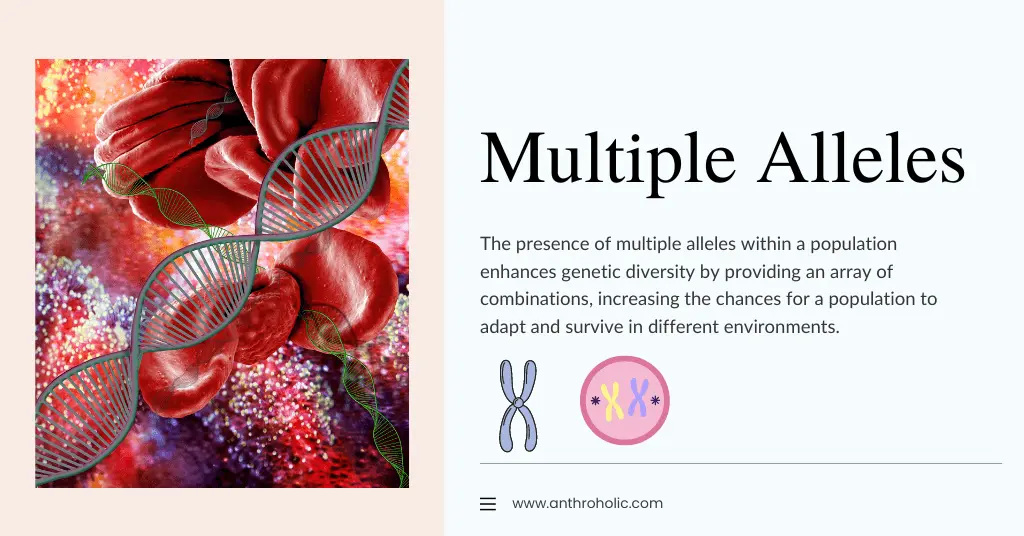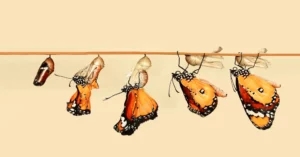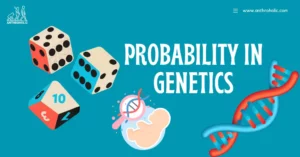AI Answer Evaluation Platform Live Now. Try Free Answer Evaluation Now
Multiple Alleles
In sexually reproducing organisms, genes are inherited from both parents, leading to the presence of two alleles for each gene locus in an individual. These alleles can be the same (homozygous) or different (heterozygous). However, in a population, multiple alleles can exist for a single gene locus, increasing the potential for genetic variation [1].

Genetic Variation through Multiple Alleles
Genetic variation is essential for the survival and evolution of a species. The presence of multiple alleles within a population enhances genetic diversity by providing an array of combinations, increasing the chances for a population to adapt and survive in different environments [7]. Some factors influencing the occurrence of multiple alleles include mutation, genetic drift, gene flow, and natural selection.
Examples of Multiple Allele Inheritance
- ABO Blood Group System: The ABO blood group system is a widely known example of multiple allele inheritance [8]. It comprises three alleles: IA, IB, and i. The IA and IB alleles are codominant, meaning they express equally when present together. The i allele is recessive to both IA and IB. The different combinations of these alleles result in four blood groups: A (IAIA or IAi), B (IBIB or IBi), AB (IAIB), and O (ii) [9].
- Coat Color in Rabbits: The coat color of rabbits is another classic example of multiple allele inheritance. Rabbits have four known alleles at the C locus: C, cch, ch, and c. These alleles are responsible for the coat color, and their dominance hierarchy is as follows: C > cch > ch > c [3]. Various combinations of these alleles result in different coat colors and patterns in rabbits [11].
- Human Leukocyte Antigen (HLA) System: The HLA system is a complex set of genes responsible for the immune response in humans. It consists of numerous alleles, making it one of the most polymorphic regions in the human genome. The HLA system plays a vital role in organ transplantation compatibility and immune response to pathogens [12].
Multiple Alleles and Genetic Disorders
Some genetic disorders result from the presence of specific multiple alleles. For instance, the risk of developing hemochromatosis, a condition where excess iron is absorbed, increases in individuals with certain HFE gene combinations [5]. Similarly, the risk of cystic fibrosis is higher in individuals with specific CFTR gene combinations [10].
Research and Development in Multiple Alleles
Recent research and development in the field of multiple alleles have expanded our understanding of genetic variation and its implications in various areas, including medicine, agriculture, and conservation biology.
- Personalized Medicine: The study of multiple alleles has contributed to the field of personalized medicine, where treatments are tailored to an individual’s genetic makeup. Understanding the interactions between multiple alleles helps in predicting drug response and the risk of developing specific diseases, ultimately improving treatment outcomes [4].
- Crop Improvement: In agriculture, the presence of multiple alleles for desirable traits in plants can be harnessed to improve crop yield, resistance to pests and diseases, and tolerance to environmental stresses. Breeding programs utilize this genetic variation to develop new plant varieties with enhanced qualities [2].
- Conservation Biology: The role of multiple alleles in maintaining genetic diversity is crucial for conservation biology. The preservation of genetic variation within populations of threatened or endangered species helps to ensure their long-term survival and adaptability in changing environments [6].
Conclusion
Multiple alleles are essential in understanding the complexity of genetic variation within populations. They play a vital role in the adaptability and survival of species, contribute to genetic disorders, and have implications in personalized medicine, agriculture, and conservation biology. As our knowledge of multiple alleles continues to expand, it will undoubtedly lead to further advancements and applications across various fields of study.
References
[1] Bateson, W. (1902). Mendel’s Principles of Heredity. Cambridge University Press.
[2] Bernardo, R. (2010). Breeding for quantitative traits in plants. Stemma Press.
[3] Castle, W. E. (1924). Piebald rats and the theory of genes. Proceedings of the National Academy of Sciences, 10(3), 125-128.
[4] Daly, A. K. (2010). Genome-wide association studies in pharmacogenomics. Nature Reviews Genetics, 11(4), 241-246.
[5] Feder, J. N., Gnirke, A., Thomas, W., Tsuchihashi, Z., Ruddy, D. A., Basava, A., … & Beutler, E. (1996). A novel MHC class I-like gene is mutated in patients with hereditary haemochromatosis. Nature genetics, 13(4), 399-408.
[6] Frankham, R., Ballou, J. D., & Briscoe, D. A. (2010). Introduction to conservation genetics. Cambridge University Press.
[7] Hartl, D. L., & Clark, A. G. (1997). Principles of Population Genetics. Sinauer Associates, Inc.
[8] Landsteiner, K. (1900). Zur Kenntnis der antifermentativen, lytischen und agglutinierenden Wirkungen des Blutserums und der Lymphe. Zentralblatt Bakteriologie, 27, 357-362.
[9] Mourant, A. E., Kopec, A. C., & Domaniewska-Sobczak, K. (1976). The distribution of the human blood groups and other polymorphisms. Oxford University Press.
[10] Riordan, J. R., Rommens, J. M., Kerem, B. S., Alon, N., Rozmahel, R., Grzelczak, Z., … & Tsui, L. C. (1989). Identification of the cystic fibrosis gene: cloning and characterization of complementary DNA. Science, 245(4922), 1066-1073.
[11] Searle, AG. (1968). The genetics of coat color in mammals. Logos Press.
[12] Trowsdale, J., & Knight, J. C. (2013). Major histocompatibility complex genomics and human disease. Annual Review of Genomics and Human Genetics, 14, 301-323.
Further Reading
- Gilbert, S. F. (2013). Developmental Biology. Sunderland, MA: Sinauer Associates, Inc.
- Pierce, B. A. (2017). Genetics: A Conceptual Approach. W. H. Freeman and Company.
Additional Resources
- The National Center for Biotechnology Information (NCBI): https://www.ncbi.nlm.nih.gov/
- The Human Gene Database (GeneCards): https://www.genecards.org/
- The Genetics Home Reference (GHR) by the U.S. National Library of Medicine: https://ghr.nlm.nih.gov/



